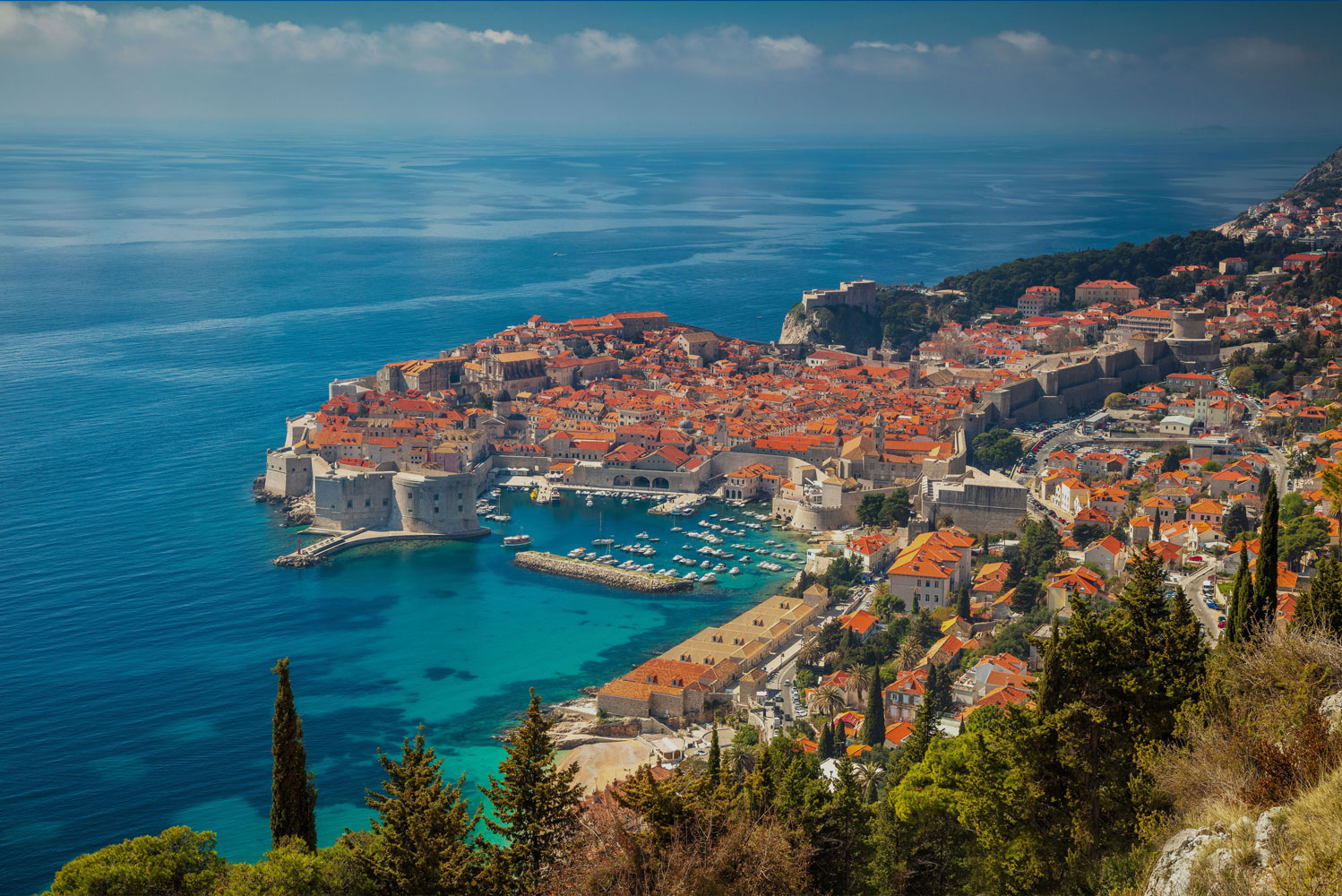11 Must visit Attractions in Zagreb
by Welcome Center Croatia | Last updated Feb 21, 2022 | Published on Feb 21, 2022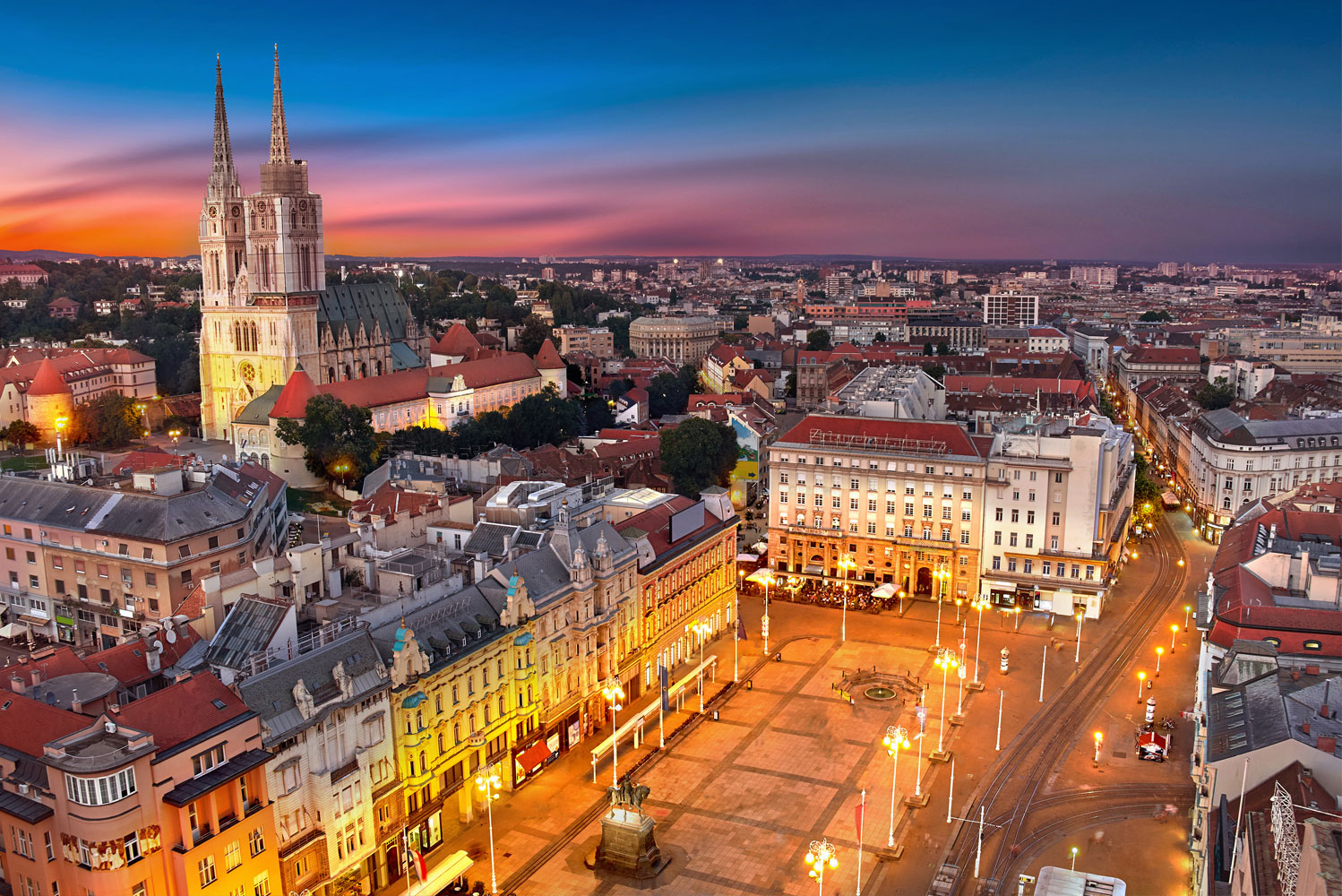
Zagreb is Croatia's northwestern capital and the heart of the countries politics and culture. The city is endowed with mesmerizing Austro-Hungarian architecture and hosts many quirky museums, emerald lakes, and picturesque landscapes. Thanks to its beauty, Zagreb held the prestigious title of the best European Christmas Holiday destination for three years in a row. The city currently holds the title for the Best Tourist Destination and Croatia's most prosperous city break destination.
Winning these awards means that the city hosts places that will sparkle your eye and make your heartbeat twice as fast. Some of these attractions include the following.
Zagreb Cathedral

Also known as the Cathedral of the Assumption of Mary, the Zagreb cathedral is the most famous church in Croatia and is considered a national treasure. The church was built between 1880 and 1906 and finished with mesmerizing neo-gothic architecture. The church towers 354 feet, putting it among Croatia's tallest buildings in Croatia, allowing it to display its jaw-dropping architecture. – it is repeating
With 116 years, the cathedral has undergone several damages and reconstructions since it opened. The first cathedral was damaged by a great fire and the Tartar attack in the 13 century. After reconstruction, the building was damaged by the 1880 earthquake and reconstructed by Hermann Bollé to give it the Neo-Gothic style.
Inside the church is a sight to behold. You'll get up close and personal with baroque marble altars, pulpit, and statues that will give you a trip back in history. The church is also home to the tomb of Cardinal Alojzije Stepinac by Ivan Meštrović.
Zagreb cathedral also has a treasury filled with a collection of liturgical utensils and chasubles made of pure gold and silver. These specimens date back to the 11th century and have been handed down for 900 years. In addition to the treasure, historical flags and art made from ivory and crystal shrouds are displayed in the church.
If that doesn't entice you, the church also displays its organ initially made in 1855 and consists of 78 stops and four manuals. The organ was made by Wacker from Ludwigsburg.
Lotrščak Tower

Built in the 13th century, Lotrščak Tower is Zagreb's most exciting landmark. The tower is located in Gornji grad Zagreb and was built as part of the old fortifications used to guard the old city. Lotrščak Tower is made of irregular stones, with a wall thickness of 195 cm. It also has a well-preserved vast groin vault on the ground floor.
The tower lost its original defensive purpose when the Ottoman attacks subsided towards the 16th century. It later got a new purpose. The bell rang to alert people that it was time for the gates to be closed. During Romanticism, when the restoration of old structures was at its peak, two more floors and fire lookout tower on the roof were added onto the tower.
The tower held an exciting phenomenon regarding communication between the floors, initially non-existent. This issue was solved in an exciting way, where a winding staircase was added on the north side. However, half of it was inside the building while the other half was visible outside.
Currently, the tower is an observatory that provides a 360 -degree view of Zagreb. Besides, more tourists visit the tower to see a functioning cannon placed on the top floor. The cannon is fired every day at 12 to mark midday.
Historic Stone Gate
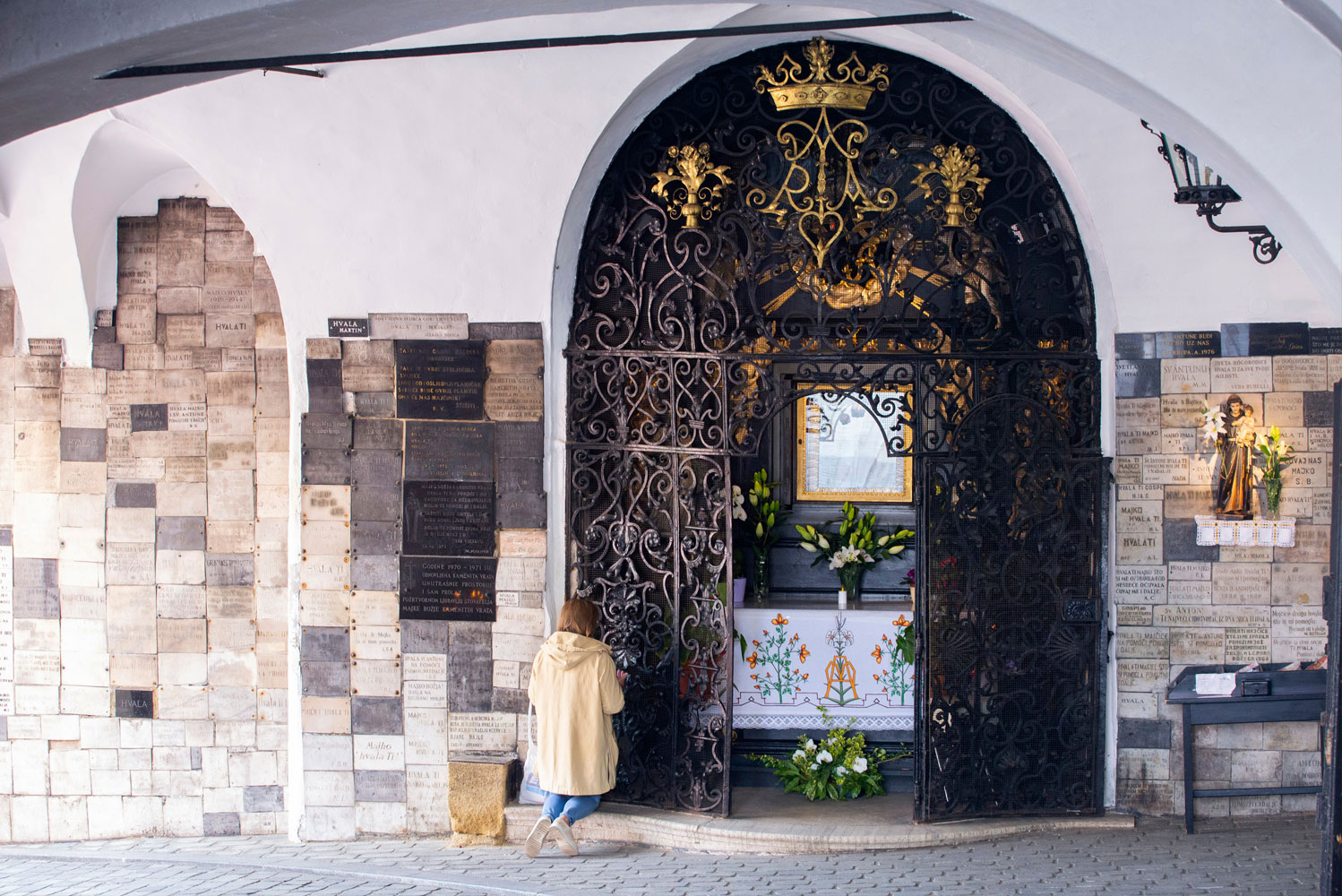
Locally known as Kamenita Vrata, the Stone Gate is one of the most important historical sites in Zagreb's upper region. The stone gate is believed to have been built in the 13th century when the wall was built around a free royal city in Gradec. This gate has withstood time to become part of the great wall that remains.
Throughout the years, Zagreb underwent many reconstructions and was devastated several times. The most known disaster occurred in May 1731, when a fire destroyed all houses in the old city. The stone gate has a painting of the Virgin Mary holding Jesus, which remained intact after the fire. This incident left locals believing that the gate was blessed and held miracles.
To commemorate this event, the grateful locals built a chapel within the arch of the old Stone Gate. To date, the chapel still houses the painting of the Virgin Mary holding baby Jesus, making it Zagreb's most famous shrine.
This place is regularly visited by local people and tourists alike who light a candle and thank Virgin Mary for protecting them. You may visit the shrine, light a candle and pray for good luck, happiness, health, wealth, and love.
Museum of Mimara
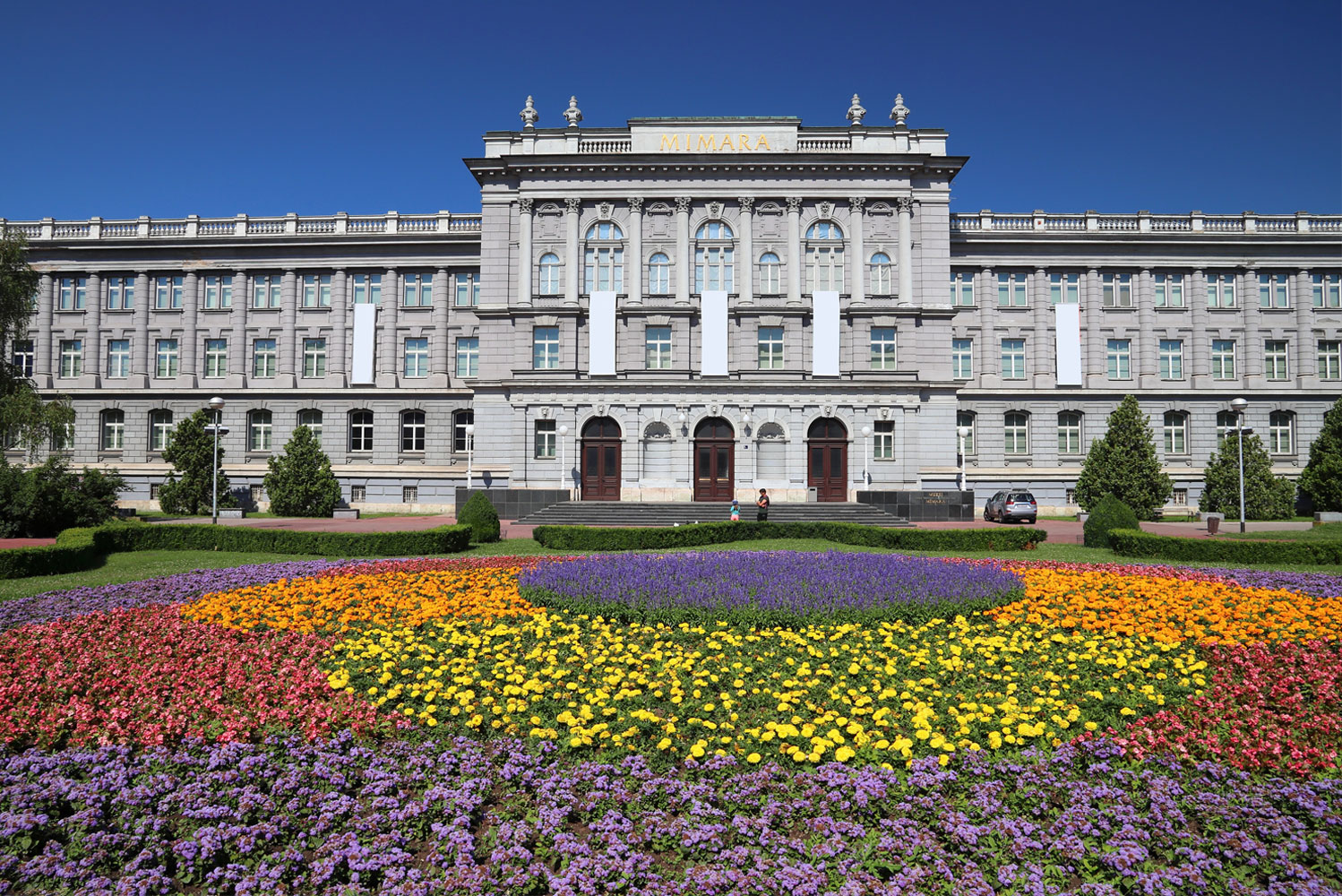
The Museum of Mimara was explicitly created to house a collection of art pieces donated in 1972 by Ante Topic Mimara—a private collector. This collection is housed in an 1895 Neo-Renaissance building designed for this particular purpose. The extensive collection covers many items collected from diverse regions and periods.
The Museum of Mimara is also home to a fine archaeological collection that contains pieces from Persia, Ancient Egypt, the Far East, Mesopotamia, the Middle East, and India. Some pieces also have their origins in Inca and Pre-Inca South America.
If you visit the museum, you will also come across an extensive glass collection from Europe and several Mediterranean countries. You will also find sculptures from ancient Greece and furniture from the middle ages.
Some of the paintings include works by Rembrandt and Ruisdael, Dutch, like Veronese and Raphael, Italian. Other pieces are from Rubens and Van Dyck, and world-famous Spanish painters; Velázquez and Goya.
Boucher, Degas, Renoir, and Delacroix also represent French and English nations with several pieces. Other notable sculptures include works by Jean-Antoine Houdon and Auguste Rodin.
The Art Pavilion
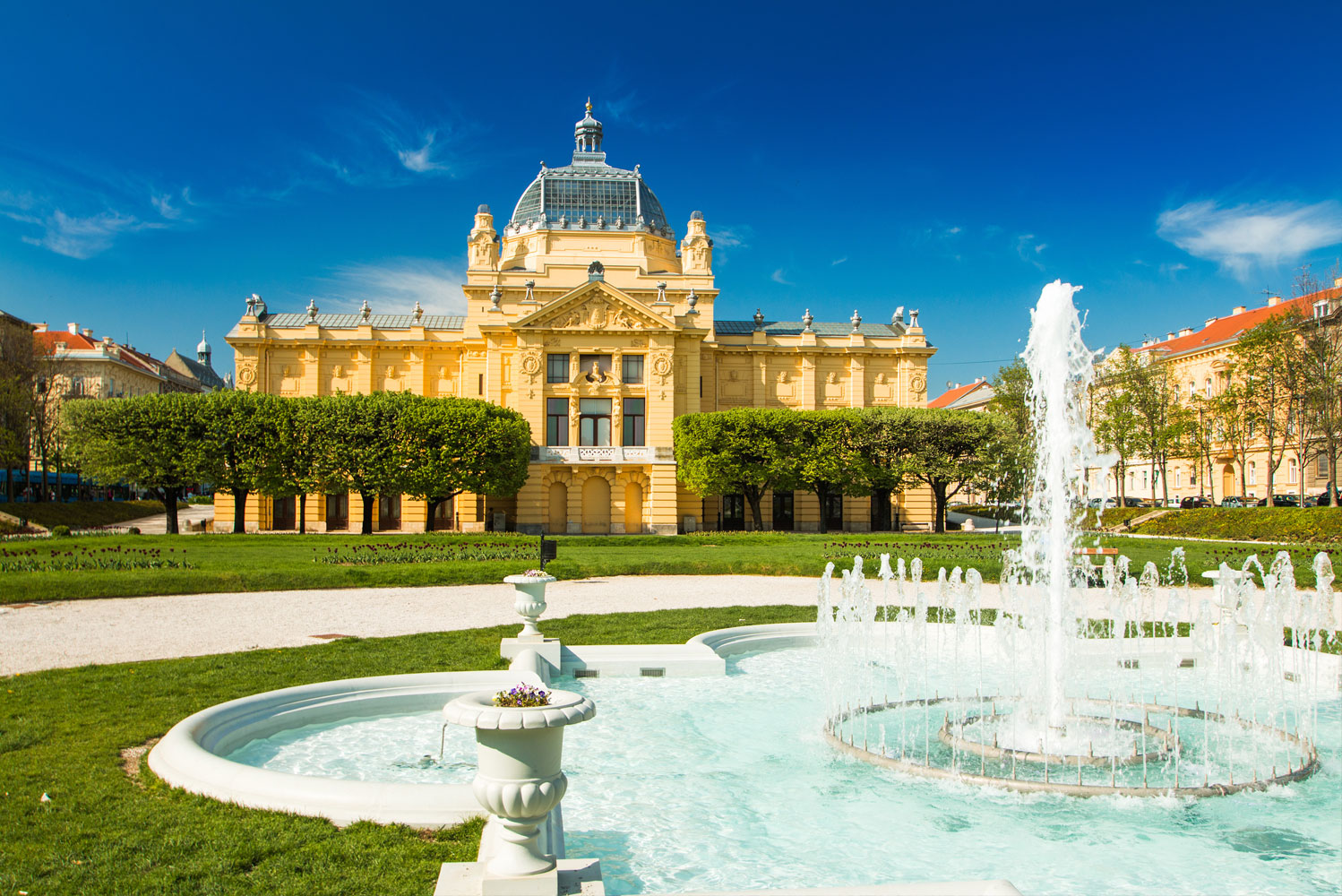
Established in 1898, the Art Pavilion is the oldest gallery in Southeast Europe. Its sole purpose is to accommodate large-scale exhibitions specifically. The Art Pavilion was the brainchild of Croatian painter Vlaho Bukovac, who came up with the idea in 1895.
The Art Pavilion gallery has a total display area of 600 m2. It, however, doesn't have a permanent display but specializes in one-off solo and group exhibitions. The representations are usually from remarkable oeuvres and art movements from all styles and periods from both Croatian and international artists.
Since opening its doors, the Art Pavilion has organized over 700 exhibitions with works from such artists as Henry Moore, the Earth Group collective, Auguste Rodin, George Grosz, Andy Warhol, and Mimmo Rotella.
Museum of Naive Art

The Museum of Naive Art is rightfully considered the world's first museum dedicated to naïve art. Currently, it houses art from 20th-century Croatian naïve art expression. This museum is located in the Upper Town of Zagreb, particularly in the Raffay Palace. It hosts around 1700 artwork, including prints, paintings, sculptures, and drawings. This collection is also sourced from local and international artists.
Naive art is known for its technique and subject matter simplicity, but with strange perspective effects and strong patterns. It's also characterized by high color intensity towards the background and details that should be decreased.
Early masters of Croatian naive art originate from Hlebine village in northeast Croatia near Koprivnica. These masters established the Hlebine School of Naive art in the 1930s.
Some known painters include Franjo Mraz, Ivan Generalić, and Mirko Virius. Some of the first naive sculptures are from Peter Smajić and Lavoslav Torti.
Croatian National Theatre

This theatre was built in 1895 by Viennese architects; Ferdinand Fellner and Hermann Helmer. It's locally known as the Hrvatsko Narodno Kazaliste and is located at the northwest corner of Zagreb's "Green Horseshoe" in Donji Grad.
The museum is characterized by imposing yellow structures and Rococo and Neo-Baroque designs. It also features a large dome at the back and two smaller ones at the front. The building is also endowed with a mesmerizing interior containing artists like Vlaho Bukovac and Ivan Meštrović. In addition, the theatre hosts regular ballet, opera, or drama performances.
Maksimir Park

This park is endowed with lush green vegetation and stretches over 45 acres making it the largest park in Zagreb. It's named after Bishop Maksimilijan Vrhovac, responsible for its construction. This park features an old English garden design and is locally known as Maksimirska.
The Maksimir Park contains two pavilions, including Bellevue and Echo. Bellevue was built in 1843, while the echo pavilion was added after Swiss design. The park also boasts numerous trails and paths that take you through flower gardens, wooden areas, and artificial lakes, making it a great place to relax after a long stint of sightseeing. The youngsters will also be impressed with the park as it houses a small zoo.
The park also has several pathways and trails that lead to flower gardens, making it a great place to relax or have a picnic. You will also find artificial lakes and wooden sections. For those traveling with youngsters, there's also a small zoo.
If you are a sucker for football, you can visit Dinamo Football Stadium, that's right across the park, to watch international matches.
The Archeological and Ethnographic Museums
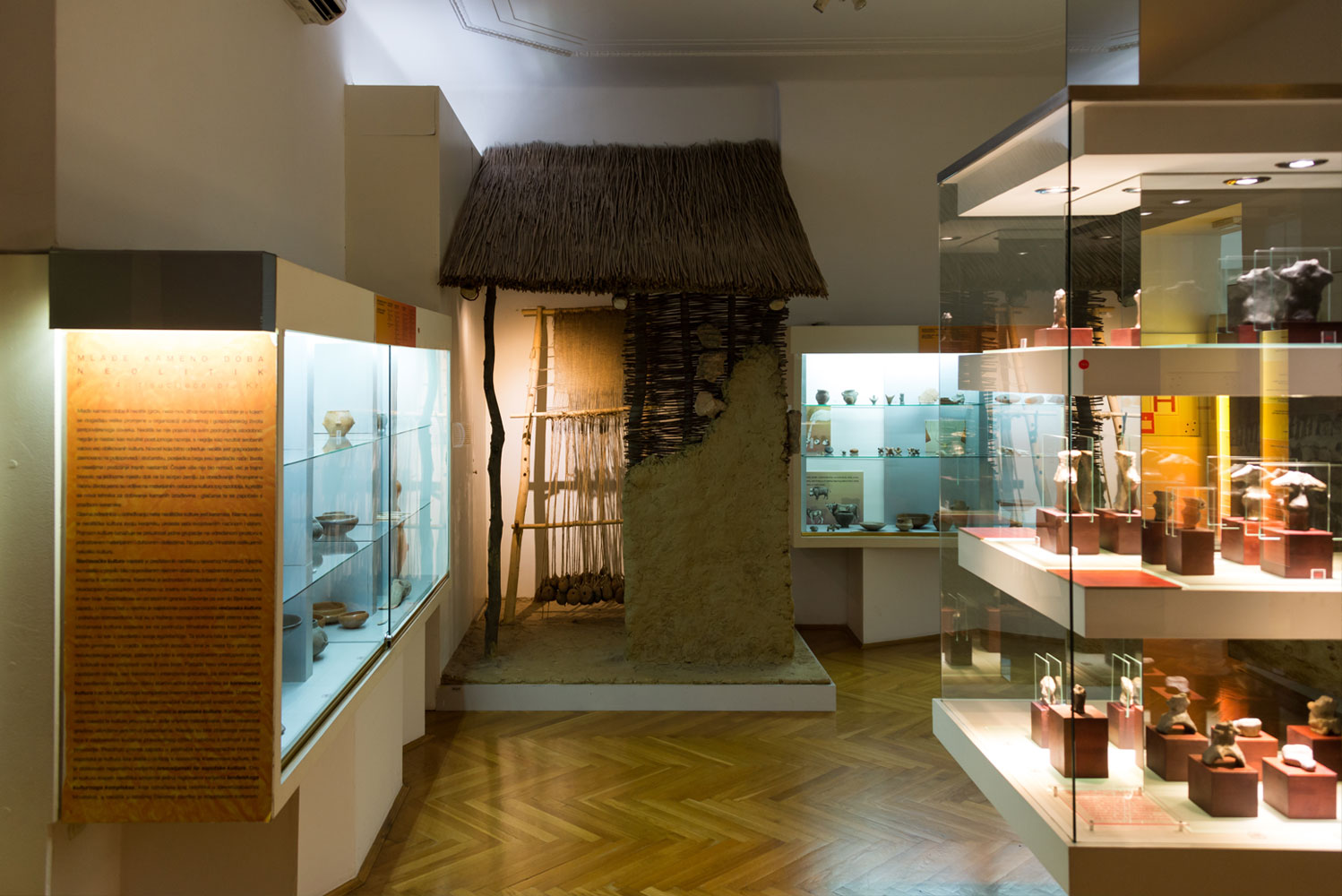
If you want to learn Croatia's rich history, you better visit Zagreb's Archeological Museum, locally known as Arheoloski Muzej. This museum boasts five ultimate collections containing 400000 pieces of art sourced locally. It also contains Egyptian mummies, Greek vases, and a medieval section focusing on the Peoples' Great Migrations. One piece of particular interest is a cloth from Mummy of Zagreb, which shows a script that's yet to be deciphered.
Another exciting piece is the Head of Plautilla from Salona and ancient town. Other essential pieces in the museum include a coin collection with Celtic, Greek, Byzantine, Roman, and modern pieces.
Another must-see place is the Ethnographic Museum, which hosts an extensive collection that showcases Croatia's cultural history through jewelry, musical instruments, textiles, weapons, gold, tools, and weapons. You will also find traditional folk costumes with various colors and styles that illustrate Croatia's regional diversity.
St. Catherine's Church

Founded in the 17th century, the church Catherine of Alexandria boasts several valuable religious monuments. Other notable relics include wall paintings that depict St. Catherine's life scenes. You will also see baroque wooden altars. The church also boasts a baroque pulpit that dates back to the 19th century. This pulpit is notable because it was donated to the church by the bishop of Zagreb, Aleksander Mikulic.The top of the ornate dome contains a small sculpture of Pope Leo the Great.
The church has a unique architecture, although earthquakes and fires damaged the original building. The current building was designed and reconstructed in the 1880s by Croatian architect Hermann Bollé.
The Modern Gallery

The Modern Gallery boasts housing the richest and the most influential Croatian art collection with thousands of pieces. This collection includes pieces from the 19th and 20th centuries. The gallery is located in the iconic Vranyczany palace at the city's center.
The building was designed by Viennese architect Otto Hofer for Baron Lujo Vranyczany, who engaged Ferdo Kondrat as the contractor. However, since the 19th-century, ownership of the building has changed severally. It has also been restored several times since its establishment.
The Modern Gallery features a permanent display and occasional exhibits from local and international artists. It also houses works by Josip Račić's an important symbol of Croatian Modernist painting.
Zagreb is a must-visit city for all history lovers, from historic buildings to incredibly mesmerizing artworks. The city also makes a perfect getaway destination for its beauty and mesmerizing architecture.

